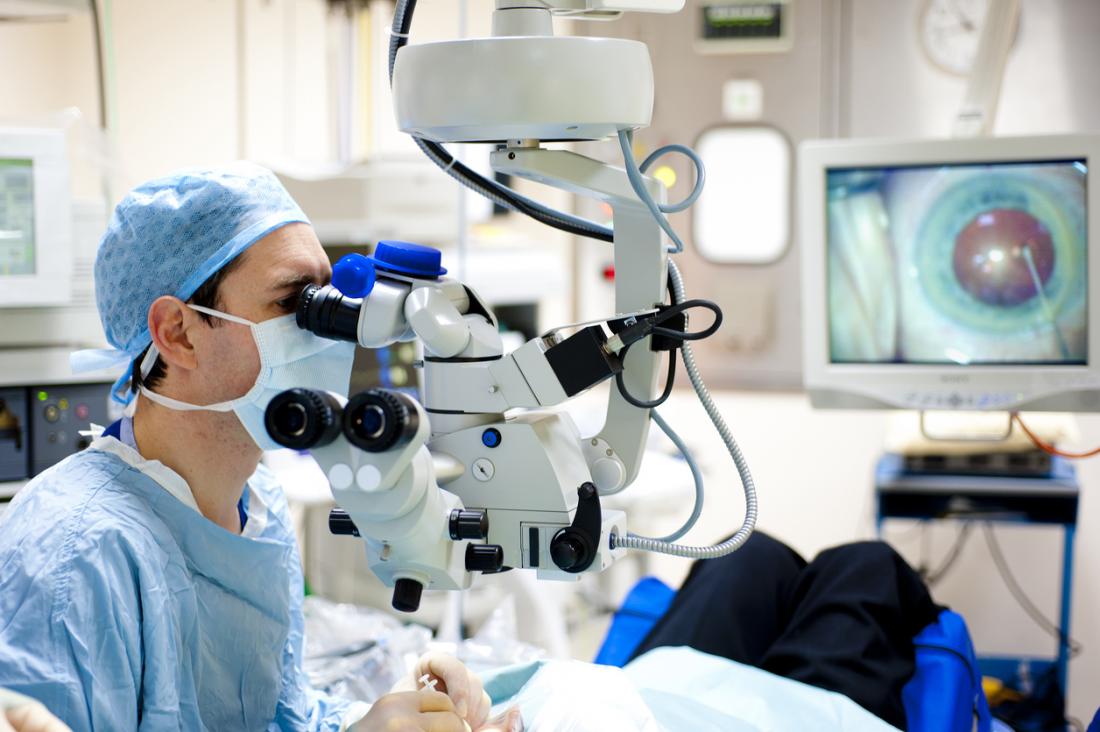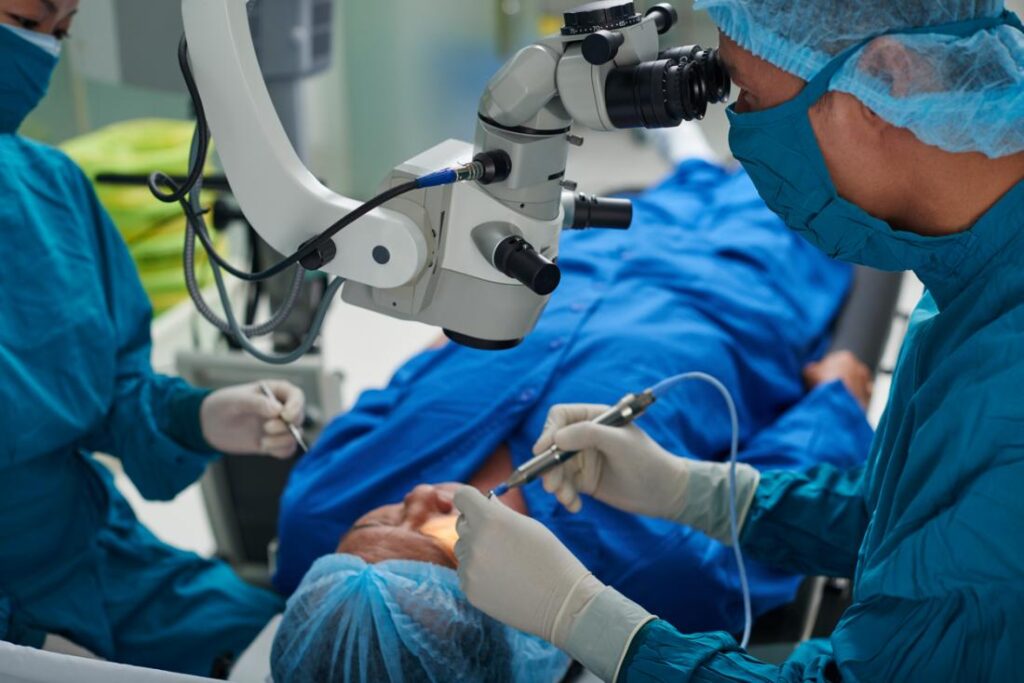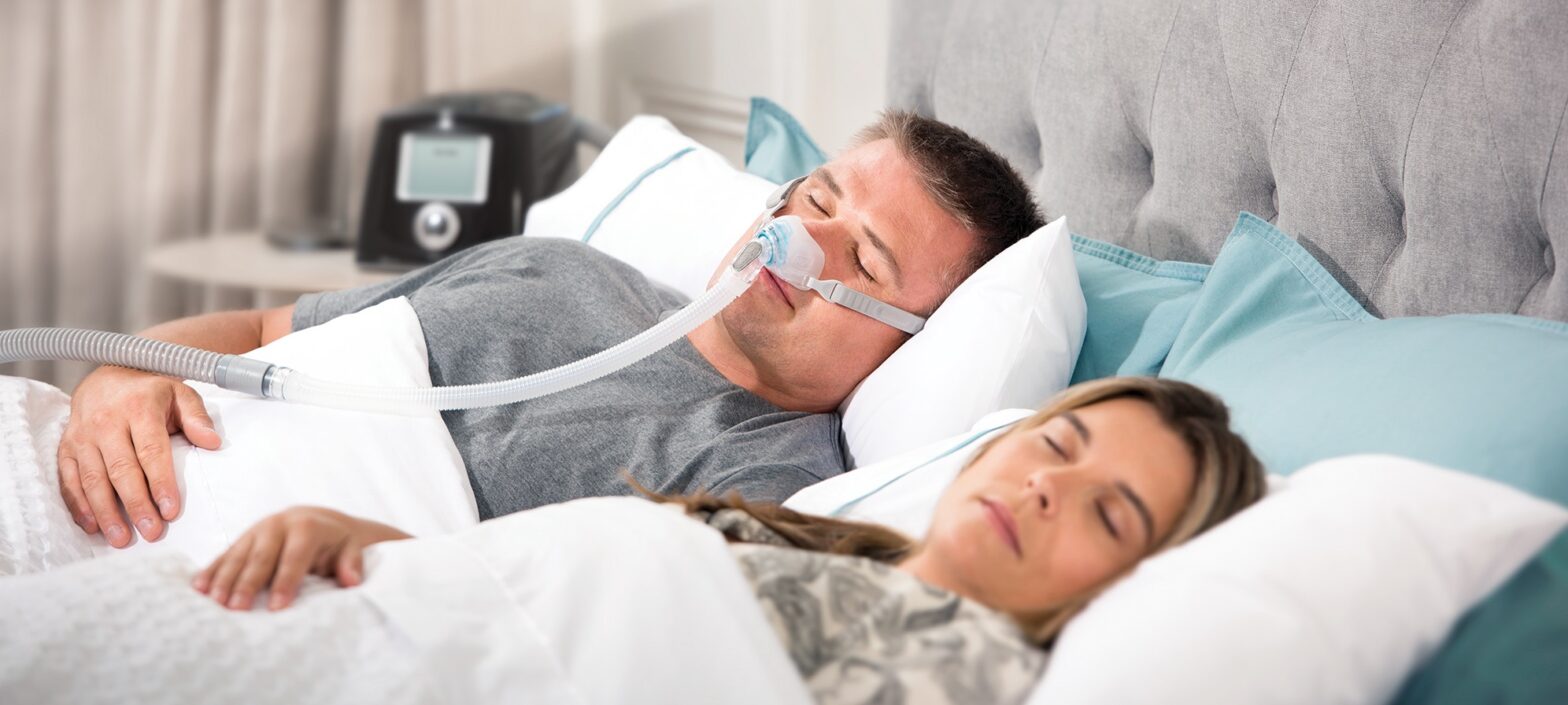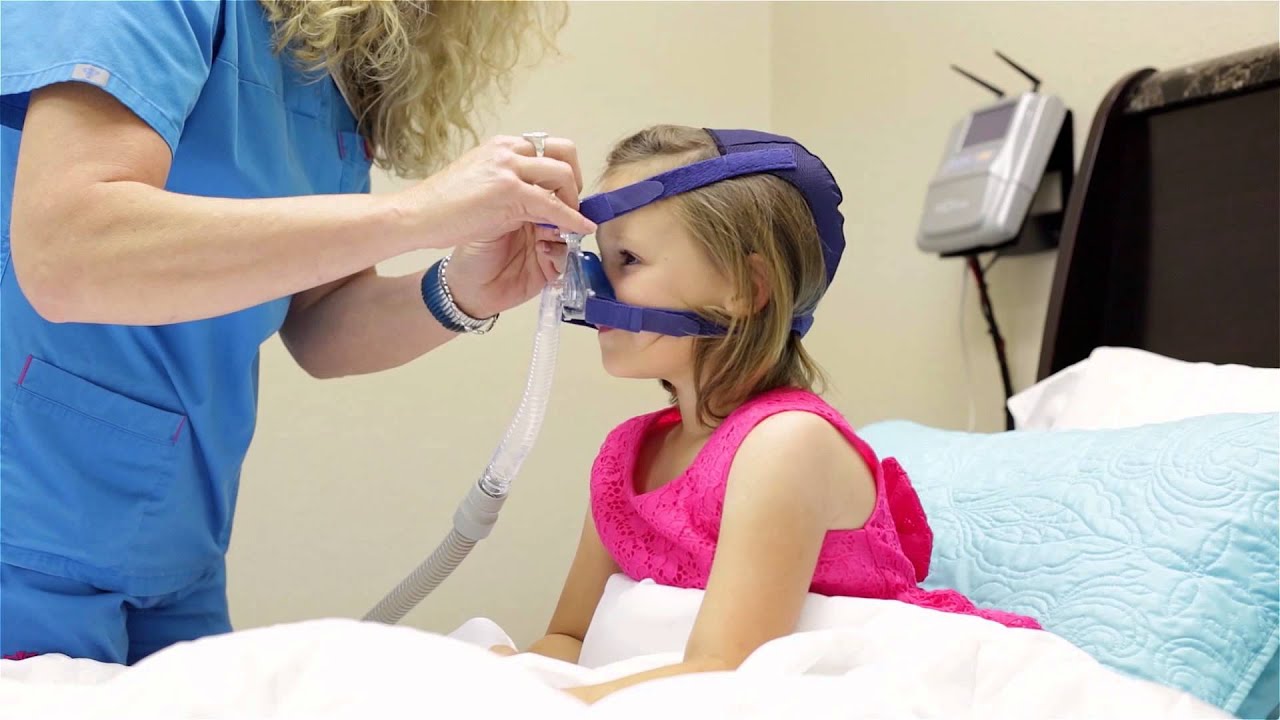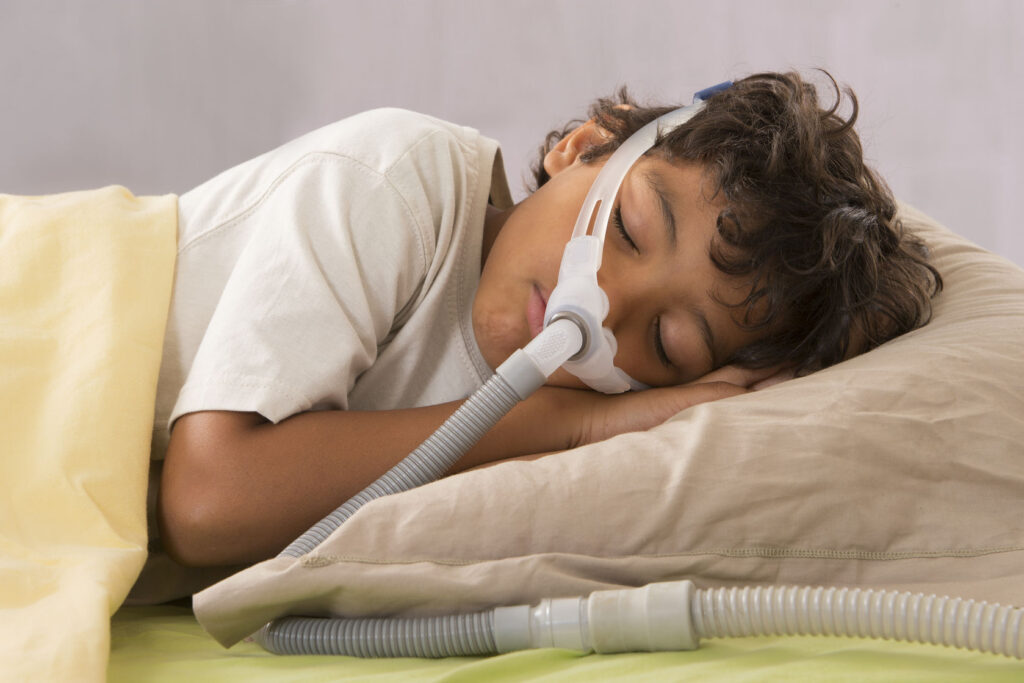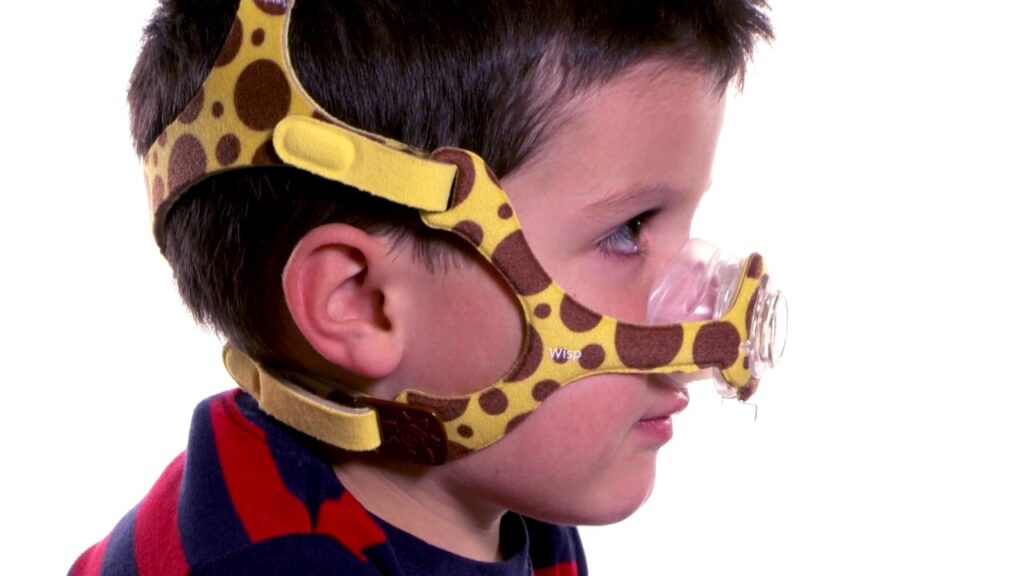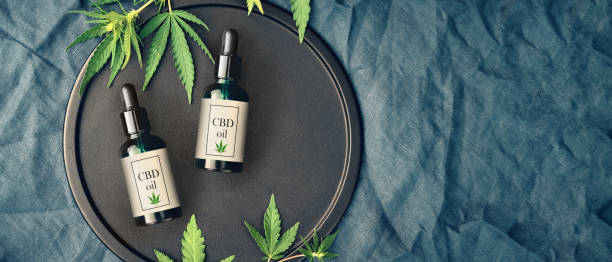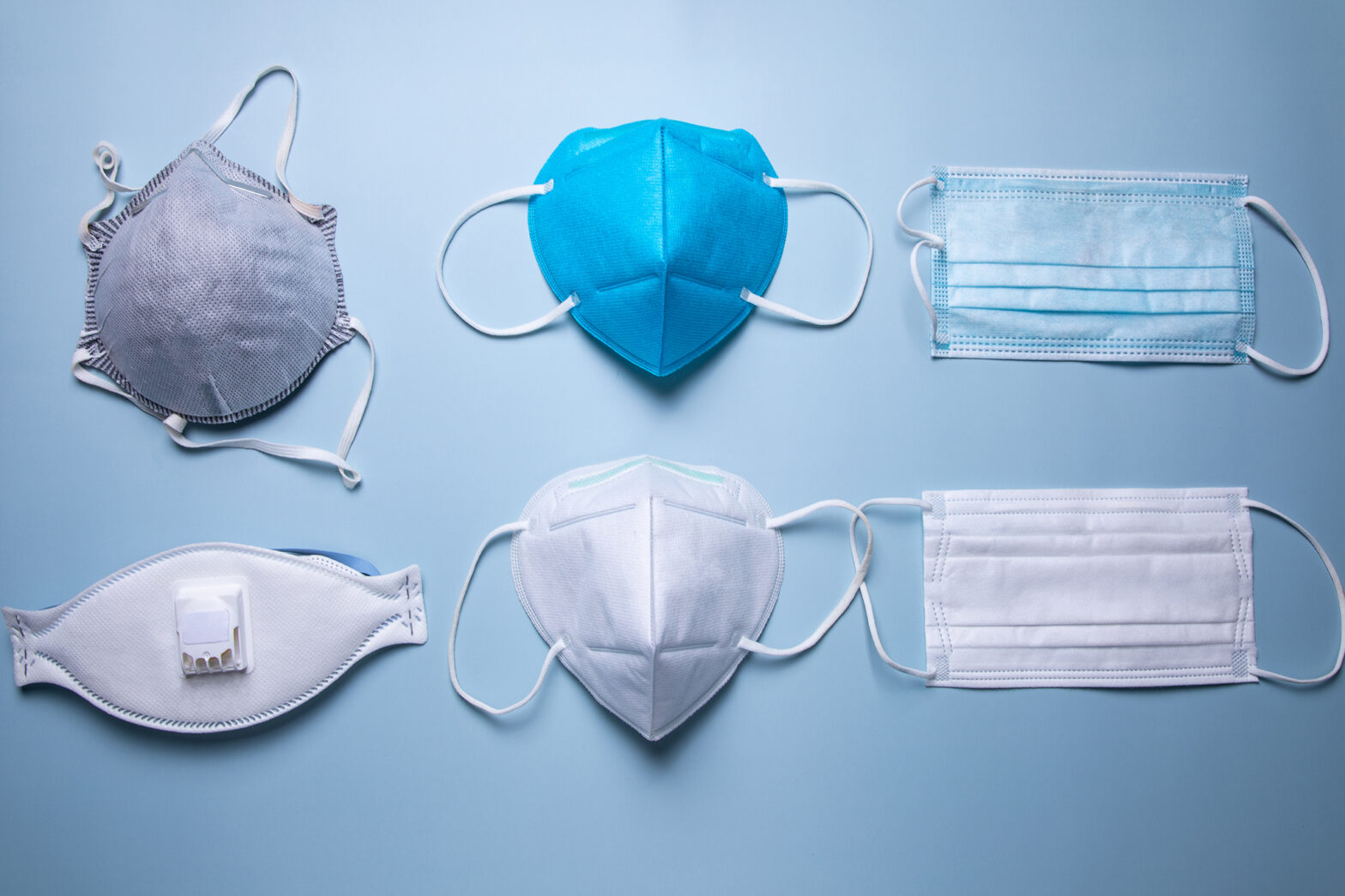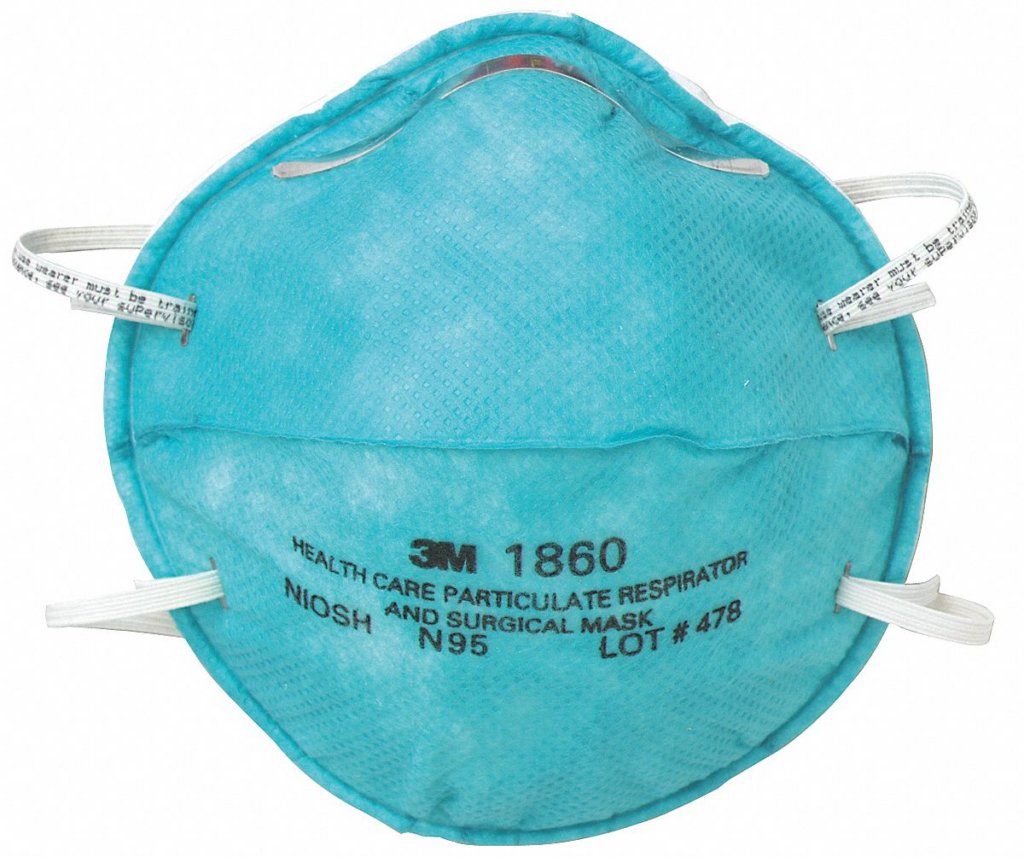Getting a good night’s sleep is crucial for our physical and emotional well-being. Unfortunately, millions of people worldwide suffer from sleep apnea, a condition that causes breathing interruptions during sleep. Fortunately, the introduction of continuous positive airway pressure (CPAP) therapy has revolutionized sleep apnea treatment. With ResMed masks, patients can now enjoy comfort, convenience, and above all, quality sleep.
A Brief History of Sleep Apnea Treatment
Before delving into ResMed’s innovative approach to sleep apnea treatment, it’s essential to understand the evolution of this technology. Early interventions for sleep apnea were surgical procedures, such as tracheostomy, performed exclusively in extreme cases. However, these surgical procedures were invasive and carried significant risks, making them unsuitable for most patients.
The development of noninvasive treatment methods like the CPAP machine marked a breakthrough in sleep apnea treatment. CPAP stands for Continuous Positive Airway Pressure, and it works by delivering a continuous stream of air into the patient’s airways, keeping them open and reducing sleep apnea symptoms.
The Emergence of CPAP Therapy
As more research and development went into sleep apnea treatment, CPAP therapy emerged as a leading treatment option. Healthcare providers use these machines to deliver continuous airflow that keeps the airways open, reducing sleep apnea symptoms. CPAP therapy has been proven to be highly effective in treating sleep apnea, with studies showing that it can significantly improve patients’ quality of life.
One of the key benefits of CPAP therapy is that it is noninvasive, meaning that patients do not need to undergo surgery to receive treatment. This makes it a much safer and more accessible treatment option for the majority of sleep apnea patients.
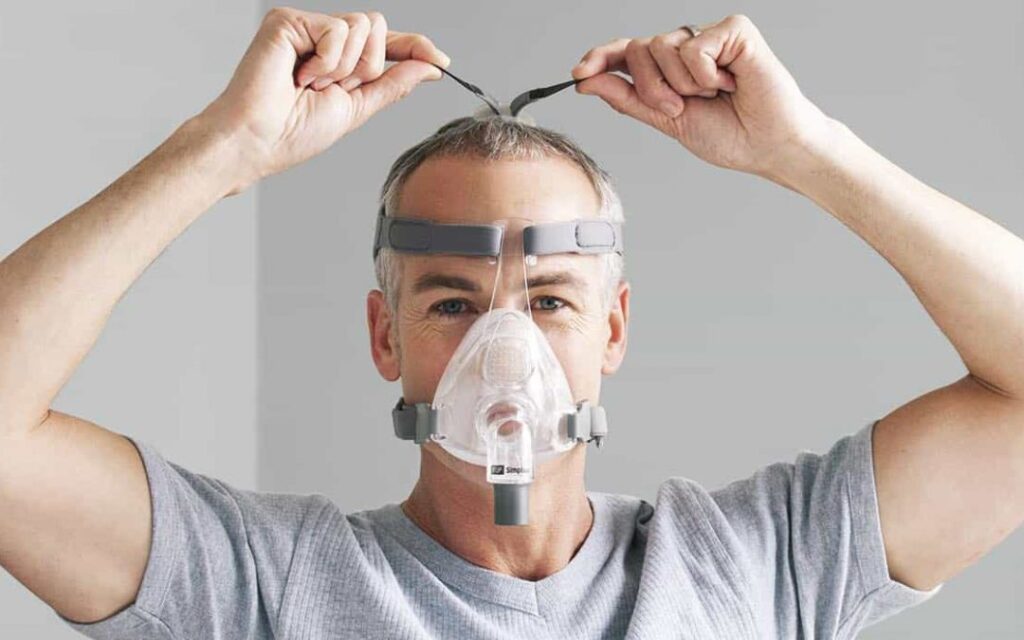
Early CPAP Masks and Challenges
CPAP therapy came with its challenges. Traditional CPAP masks were uncomfortable, noisy, and bulky, making it difficult for patients to adjust to their new treatment plan. They left marks on the face, irritated the skin, and caused discomfort. Patients also reported feeling self-conscious while wearing the masks, which made it challenging to sleep comfortably.
However, over the years, CPAP mask technology has improved significantly. Modern CPAP masks are more comfortable, quieter, and less bulky than their predecessors. They come in a range of sizes and styles, making it easier for patients to find a mask that fits comfortably and suits their individual needs.
One of the most significant challenges of CPAP therapy is patient compliance. Many patients struggle to use their CPAP machine consistently, which can lead to inconsistent therapy and reduced effectiveness. To address this challenge, ResMed has developed innovative solutions like its AirSense 10 AutoSet machine, which uses advanced algorithms to adjust therapy pressure levels automatically, making it easier for patients to use their CPAP machine consistently.
Understanding ResMed’s Innovative Approach
In response to the challenges faced by patients with sleep apnea, ResMed has developed masks that prioritize patient comfort. ResMed understands that sleep apnea can be a difficult condition to manage, and that patients require masks that are comfortable, effective, and convenient.
ResMed offers a wide range of mask options, each with unique features intended to address patients’ preferences. Patients can choose from nasal masks, full-face masks, and nasal pillow masks, depending on their individual needs.
ResMed’s Commitment to Comfort
ResMed is committed to designing masks that prioritize the user’s comfort. Their masks feature ultra-soft headgear, comfortable straps, and lightweight materials that don’t cause discomfort even with prolonged wear. ResMed’s masks are also designed to fit a variety of facial structures, ensuring that patients can find a mask that fits them properly.
ResMed understands that a comfortable mask is key to ensuring that patients can adhere to their treatment plan. By prioritizing comfort, ResMed is helping patients achieve better sleep and better health outcomes.

Technological Advancements in ResMed Masks
ResMed uses cutting-edge technology to ensure their masks are comfortable, effective, and convenient. Each mask features rotating elbows, which allow for greater freedom of movement during sleep. This means that patients can move around more easily without dislodging their mask.
ResMed’s masks also feature quiet air ventilation, which reduces noise and ensures a more restful sleep experience. Additionally, ResMed’s advanced cushioning systems provide unrivaled comfort and support, reducing the likelihood of skin irritation or pressure sores.
Overall, ResMed’s commitment to innovation and patient comfort has made them a leader in the sleep apnea treatment industry. By prioritizing patient needs and investing in cutting-edge technology, ResMed is helping patients achieve better sleep and better health outcomes.
Popular ResMed Mask Models
ResMed is a leading provider of sleep apnea treatment products, including masks that offer a range of options to choose from, ensuring every user can find one that suits them.
When selecting a ResMed mask, it’s important to consider your individual needs and preferences. Some people prefer masks that direct airflow through the nose, while others prefer masks that cover the mouth and nose. Additionally, some people may prefer a more discreet and minimalistic option. Learn more resmed mask models by clicking here
Nasal Masks
If you’re looking for a mask that directs airflow through the nose, nasal masks are the ideal option. They’re compact, making them easy to travel with, and provide excellent fit and seal. Nasal masks are a popular choice for people who breathe through their nose while sleeping, as they offer a comfortable and effective solution for sleep apnea treatment.
ResMed offers a range of nasal mask options, including the AirFit N30i, which features a top-of-the-head tube design that allows for greater freedom of movement while sleeping. The AirFit N20 is another popular option, featuring a soft and flexible frame that adapts to your facial contours for a comfortable and secure fit. Want to learn some more interesting facts about AirFit N20 visit https://www.resmed.com/en-us/sleep-apnea/cpap-parts-support/sleep-apnea-full-products-list/cpap-masks/airfit-n20/
Full Face Masks
For those who prefer masks that cover the mouth and nose, full face masks offer a comfortable and secure fit. They also come with adjustable features for better fit and seal. Full face masks are a popular choice for people who breathe through their mouth while sleeping, as they provide effective treatment for sleep apnea.
ResMed offers a range of full face mask options, including the AirFit F30, which features a minimalistic design that reduces facial contact and offers a clear field of vision. The AirTouch F20 is another popular option, featuring a memory foam cushion that adapts to your facial contours for a comfortable and secure fit.
Nasal Pillow Masks
If you’re looking for something discreet and minimalistic, nasal pillow masks may be the best option. They feature flexible prongs that sit inside the nostrils, ensuring a comfortable and secure fit. Nasal pillow masks are a popular choice for people who prefer a minimalistic design that doesn’t cover the face.
ResMed offers a range of nasal pillow mask options, including the AirFit P30i, which features a top-of-the-head tube design that allows for greater freedom of movement while sleeping. The AirFit P10 is another popular option, featuring a minimalist design that offers a comfortable and effective solution for sleep apnea treatment.
No matter which ResMed mask you choose, you can rest assured that you’re getting a high-quality and effective solution for your sleep apnea treatment needs. With a range of options to choose from, you’re sure to find a mask that suits your individual needs and preferences.
Features That Set ResMed Masks Apart
ResMed masks are a popular choice among CPAP users, and for a good reason. They come with features that distinguish them from traditional CPAP masks and ensure maximum comfort and user satisfaction.
Customizable Fit and Seal
One of the standout features of ResMed masks is their customizable fit and seal. The masks come with adjustable straps, cushions, and headgear that work together to ensure a perfect fit. The ability to customize the masks ensures every user can find a mask that fits like a glove.
But what makes a perfect fit so essential? Well, a poorly fitting mask can lead to air leaks, which can reduce the effectiveness of your CPAP therapy. It can also cause skin irritation, discomfort, and even pressure sores. With ResMed masks, you can rest easy knowing that you’ll get a comfortable and secure fit every time.
Quiet Air Ventilation
Another feature that sets ResMed masks apart is their quiet air ventilation. The masks are designed to provide consistent airflow without noise disruptions, leading to an uninterrupted night’s sleep. This is particularly important for light sleepers who may be easily disturbed by noise.
But it’s not just about noise reduction. ResMed masks also feature advanced venting systems that help to diffuse exhaled air, reducing the likelihood of disturbing your bed partner. This means you can both sleep soundly throughout the night.
Easy-to-Clean Designs
It’s essential to clean your CPAP masks regularly to avoid skin irritation and ensure device upkeep. ResMed masks feature designs with easy-to-clean parts, reducing the cleaning time and workload for patients.
For example, many ResMed masks feature quick-release mechanisms that allow you to remove and reattach the mask components quickly. This makes it easy to clean hard-to-reach areas and ensures that your mask is always hygienic and ready to use.
Overall, ResMed masks are an excellent choice for anyone looking for a comfortable, effective, and easy-to-maintain CPAP mask. Whether you’re a new CPAP user or a seasoned veteran, ResMed masks have something to offer everyone.User Experiences with ResMed Masks
Patients who’ve previously used ResMed masks report enhanced sleep quality and reduced side effects.
Improved Sleep Quality
ResMed masks create an optimal environment for quality sleep, ensuring users wake up feeling rested and refreshed.
Enhanced Comfort for Side Sleepers
ResMed masks come with features that cater to side sleeping preferences, ensuring users don’t experience discomfort or leakage.
Success Stories from Long-Time CPAP Users
Long-term users of ResMed masks report better sleep patterns, reduced interruptions, and overall treatment satisfaction. This leaves them feeling healthier and well-rested.
The Future of Sleep Apnea Treatment
ResMed continues to innovate and develop new technologies that address the existing challenges in sleep apnea treatment. Their products aim to make treatment comfortable, convenient, and accessible for all patients. With ResMed masks, patients can expect a high level of comfort, unmatched customization, and most importantly, better sleep quality.

